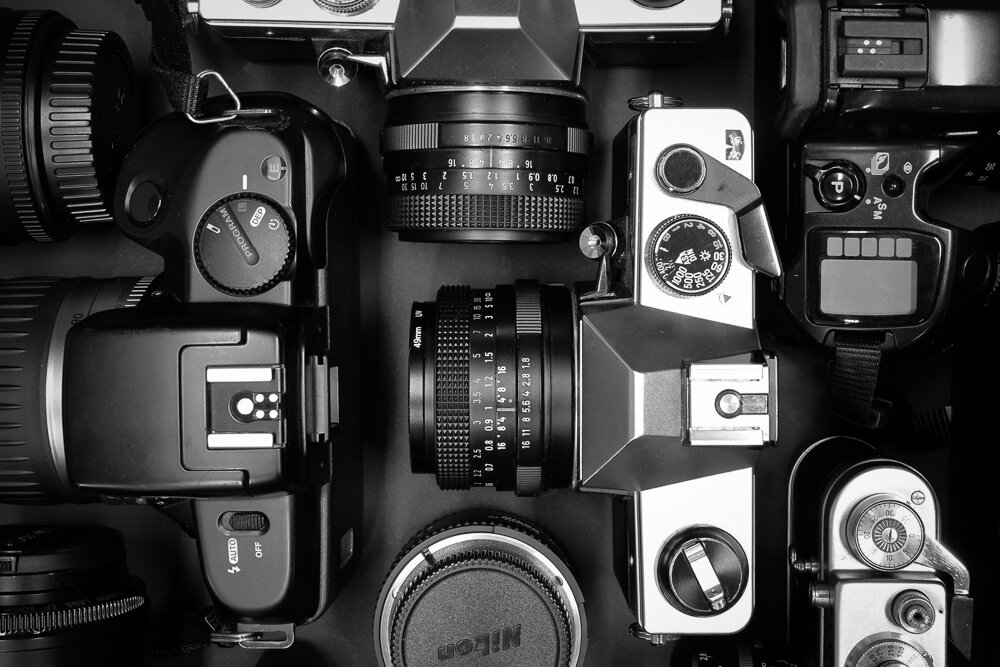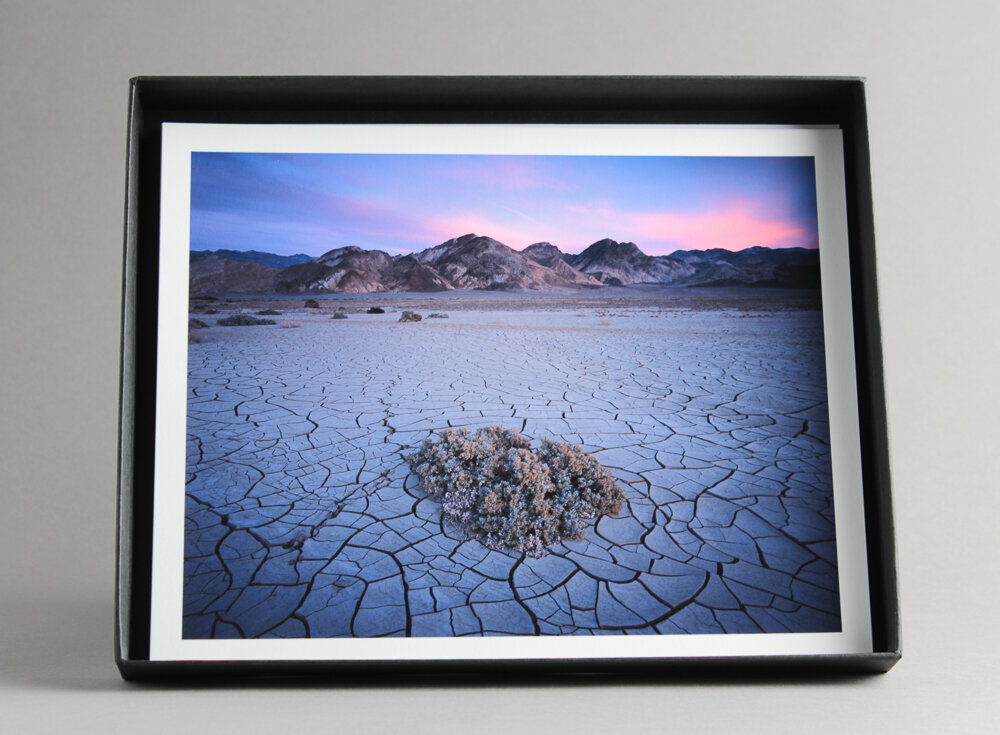What are photographers if not collectors? I’m not entirely sure what it is that they collect: memories, maybe, visual imprints from the world, the action of light on objects, the list goes on.
I read an editorial this week promoting the virtues of reducing one’s worldly possessions. It’s a familiar refrain of today: throw out the things you’ve not used in a year and you will be lighter physically and emotionally. Continue to live life with this philosophy and you will be happier.
Please take this blog entry with a piece of salt, for I am an inveterate hoarder. I do wonder, however, whether there isn’t something very deep-rooted in our desire to keep stuff. Objects help to build our identities and foster memories. They offer a sense of touch, sight and smell that can trigger Proustian moments. Many we associate with particular times in our lives, and some we are compelled to keep through the social contract of the gift.
I wonder if this compulsion doesn’t connect to a much bigger cultural endeavour: the attempt to vanquish our mortality. It is often said that our museums and galleries are simply repositories of efforts to produce something that will out-live - and therefore mark the existence of - their makers. Statues are clearly commemorative and self-aggrandising, but what if a whole gamut of cultural objects weren’t essentially doing the same thing? Does not what we do on a small level in our homes echo this social compulsion to leave a mark? To postpone the inevitable?
It is true that, like many photographers, I have an somewhat unwieldy collection of cameras. I might not exactly be looking for a grand justification to keep them, but, perhaps with the above in mind, I might postpone any drastic cull for a little longer.
































